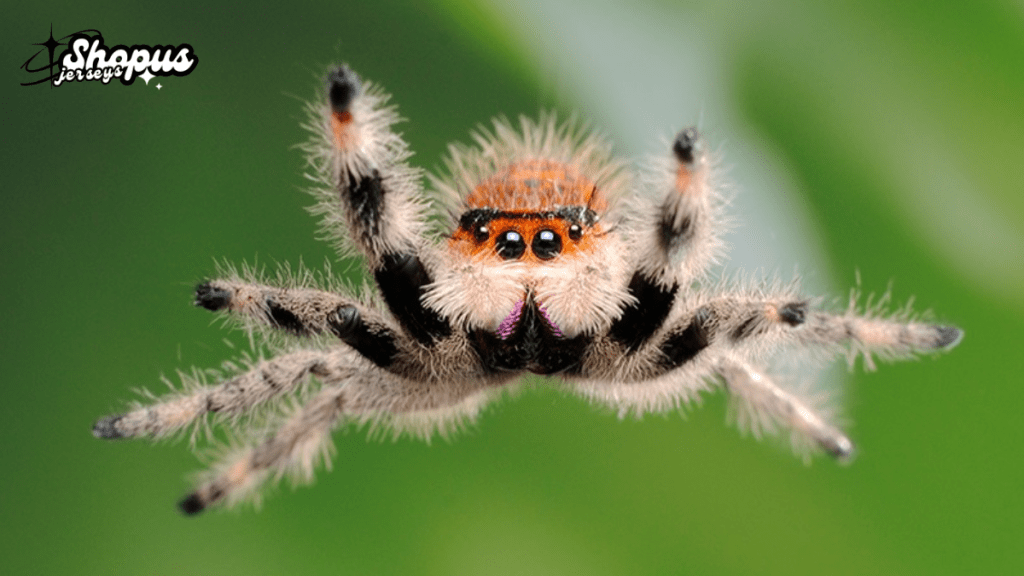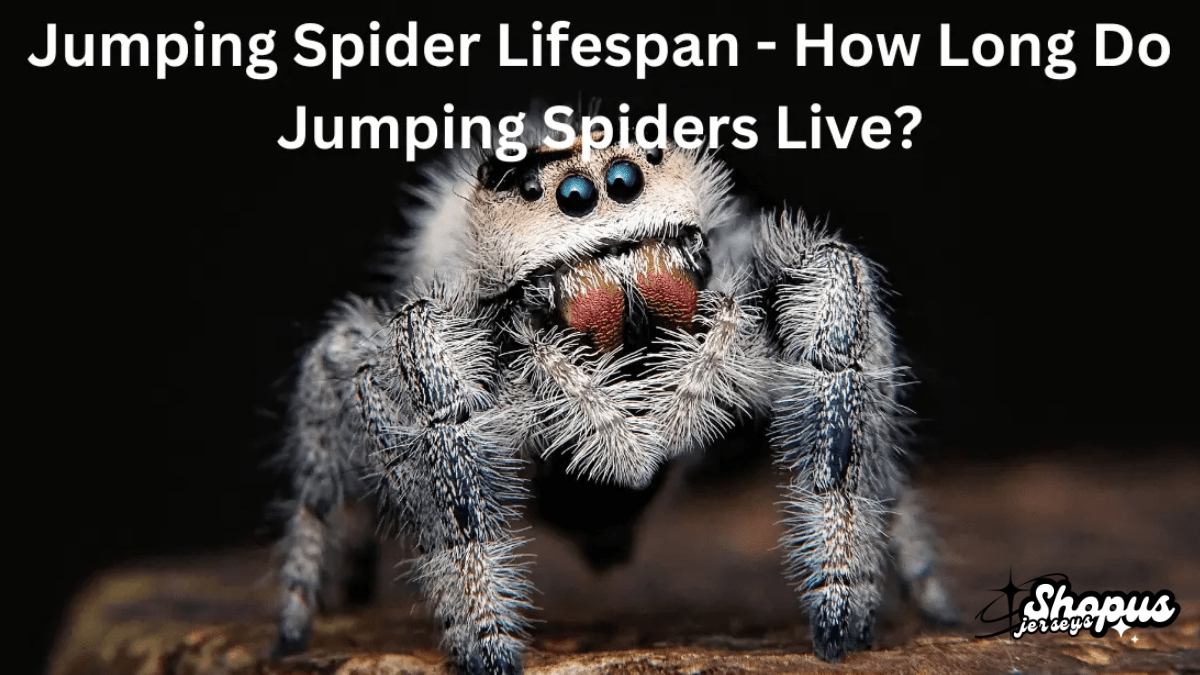Table of Contents
Have you ever wondered how long jumping spiders live? These tiny, agile spiders are fascinating creatures known for their incredible jumping ability and curious personalities. But what about their lifespan? Many people assume spiders have short lives, but jumping spiders might surprise you. In this article, we’ll uncover how long jumping spiders live, what affects their lifespan, and how you can help them live longer if you decide to keep one as a pet.
What Are Jumping Spiders?

Jumping spiders are part of the Salticidae family, known for their excellent vision and active hunting style. Unlike other spiders, they don’t rely on webs to catch prey. Instead, they leap at their targets with precision and speed. These spiders are tiny, typically ranging from 0.1 to 0.8 inches, but they have prominent personalities. Their bright eyes and curious nature often make them more charming than frightening to people.
How Long Do Jumping Spiders Live in the Wild?
So, how long do jumping spiders live in the wild? On average, a jumping spider’s lifespan ranges from one to two years. However, this can vary depending on several factors. They face many challenges in the wild, including predators, weather conditions, and food availability. As with most creatures, these factors can shorten their lifespan. Still, despite these challenges, some jumping spiders live up to two years, which is considered a good lifespan for such a tiny spider.
Factors That Affect a Jumping Spider’s Lifespan
Many things can affect how long jumping spiders live. Some of the key factors include:
- Environment: Jumping spiders thrive in warmer climates and are more active when temperatures are ideal. Living in a place where the weather is too cold or too hot can shorten their lifespan.
- Predators: Birds, giant insects, and even other spiders are natural predators of jumping spiders. In the wild, the threat of being eaten is a daily reality that can limit how long jumping spiders live.
- Food Supply: Jumping spiders need a steady diet of insects to survive. If there is a lack of food, they may struggle to find enough to eat, affecting their overall health and lifespan.
- Injuries or illness: A jumping spider can get sick or injured like any other animal. If it sustains severe injuries from fights or falls or contracts diseases, its lifespan can be significantly shortened.
How Long Do Jumping Spiders Live in Captivity?
If you consider keeping a jumping spider as a pet, you might wonder if they live longer in captivity. The answer is yes—jumping spiders often live longer when cared for as pets. They can live up to three years in captivity, sometimes even longer. Why the longer lifespan? It’s because, in a safe environment, they don’t have to worry about predators, bad weather, or a lack of food. Regular feeding, a controlled temperature, and a safe habitat help these spiders thrive and live longer than they would in the wild.
Caring for a Jumping Spider to Extend Its Lifespan
If you want to extend the lifespan of a jumping spider, there are a few things you can do to help. Proper care is critical.
- Provide a Safe Habitat: Ensure your jumping spider has a clean, secure home. You can use a small container with air holes to give them room to move and hunt.
- Feed Them Well: Jumping spiders need a diet of live insects like fruit flies or crickets. Feed them regularly, but not too much—just enough to keep them healthy.
- Maintain a Suitable Environment: These spiders prefer warm temperatures, so keep their environment between 70°F and 80°F. Avoid extreme heat or cold, which can stress the spider and shorten its lifespan.
- Give Them Space to Explore: While jumping spiders don’t need massive space to live, giving them enough room to explore and jump around is essential. They’re active creatures and enjoy some variety in their surroundings.
Do Different Species of Jumping Spiders Live Longer?
There are over 6,000 jumping spider species, each with a slightly different lifespan. While most jumping spiders live one to two years in the wild, some species may have slightly longer or shorter lifespans depending on their environment and size. Larger species may live longer, while smaller species might have shorter lives. However, the general rule still applies—whether large or small, a well-cared-for jumping spider will live longer in captivity than in the wild.
Signs That Your Jumping Spider Is Aging
As your jumping spider ages, you may notice a few signs that they are nearing the end of their life. These can include:
- Slower Movements: An older jumping spider may not be as quick to jump or hunt. They may move more slowly and seem less active.
- Less Interest in Food: Older spiders may lose interest in hunting or eating as much as they used to. If you notice this, it could indicate that your spider is aging.
- Duller Coloration: Jumping spiders are known for their vibrant colors, but as they age, their colors may fade slightly, giving them a duller appearance.
While these signs can be sad, it’s important to remember that jumping spiders naturally slow down as they age.
Also read: Jumping Spiders’ Lifespan: How Long Do They Really Live?
So, how long do jumping spiders live? The answer depends on where they live and how well they are cared for. In the wild, they typically live for one to two years, but in captivity, they can live up to three or more with the proper care. Whether you’re observing jumping spiders in nature or keeping one as a pet, these fascinating creatures deserve appreciation for their agility, curiosity, and unique personalities. If you ever have the chance to care for one, they make surprisingly attractive and low-maintenance companions.






